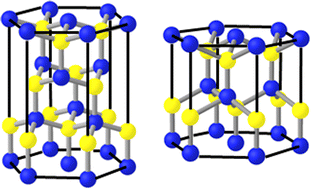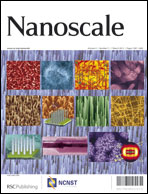Anisotropic photonic properties of III–V nanowires in the zinc-blende and wurtzite phase†
Abstract
Some critical aspects of the anisotropic absorption and emission properties of quasi one-dimensional structures are reviewed in the context of III–V compound semiconductor


 Please wait while we load your content...
Please wait while we load your content...